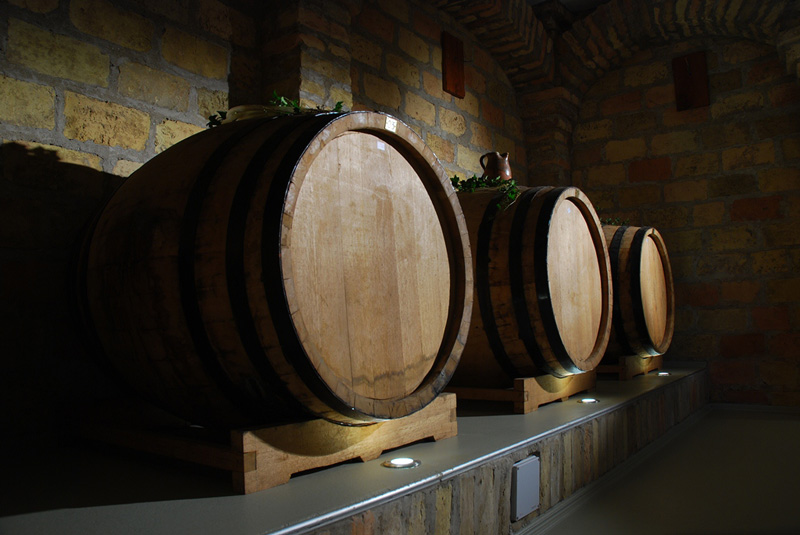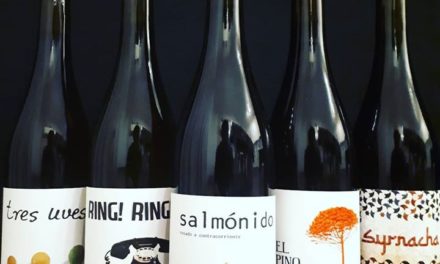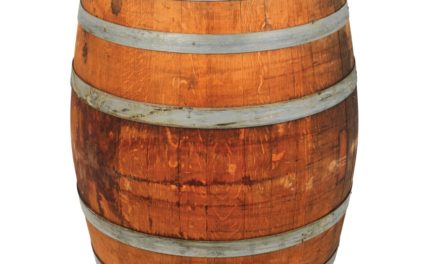“Claret is for boys, port for men, but he who aspires to
be a hero must drink brandy”. Samuel Johnson
Paella was developed by country people who could not afford meat, so anything that was edible and available went in. It might be hard to believe when one sits down to a tourist paella, groaning under mussels and squid rings, that the original paella valenciana contained little more than vegetables, rabbit (chicken was too expensive), snails in season, and of course rice.
Gazpacho was originally a poor man’s cold soup, made with stale bread and overripe tomatoes, garlic, vinegar and water.
I could go on for pages (eg. fabada, berza, lentejas, pote gallego), but you get the message. Poor man’s food one day, elevated to haute-cuisine the next (well, more or less). A bit like Spanish brandy……..
Spanish brandy (we’re not allowed to call it coñac, like we cannot refer to cava as champagne) has over the last couple of decades come of age, and should no longer be considered a poor relation to the French original.
I was surprised when first visiting Spain some decades ago to find that the only people who drank brandy were tourists and manual workers. At dinner parties whisky was served before and after the meal, with ne’er a brandy in sight. In my youthful innocence I asked myself and anyone who would listen why one of Spain’s great contributions to liquid refreshment should be ignored by a large part of the population, in favour of a drink from the far-off Highlands.

A SLIGHTLY MORE MODERN METHOD BUT YOU GET THE PICTURE
Of course in those pre-home refrigerator days every town and village had its ice factory, and large blocks of the stuff were delivered twice daily by barefoot boys pushing hand carts. So the matter of a cold aperitif was problematic – which was one reason why you could forget about cold wine and sherry – but a long glass of brandy, ice and soda was (and still is) one of the most appealing pre-prandial drinks ever. Try it sometime. I am of course referring to economy class brandy. No-one is going to dilute a fine brandy costing €40 a bottle with ice, and certainly not water.
Brandy has always been the preserve of the sherry bodegas of Jerez de la Frontera and El Puerto de Santa María, although it can in fact be made anywhere there is a still and ample supplies of grape juice. The Torres family in Catalonia has a superb range of brandies, and there is even a brandy from Huelva. (In Galicia, land of the Albariño and Ribeiro wines, they intelligently make the schnapps-like orujo rather than brandy, and many people have their own still in the backyard).
The most ridiculous bit of ‘history’ concerning brandy relates to how it was first produced. The fable goes that an enterprising sea captain distilled wine in order to save space on his ship. He planned to reconstitute it with water when he arrived at his destination, but those who sampled the new concoction liked it just the way it was. Thus, so it goes, brandy was born. Anyone ever heard of a ship of any description with a distillery on board?
In fact brandy sales have saved more than one famous sherry producer from bankruptcy. When sales of fino and amontillado are slipping, brandy sales tend to stay buoyant, especially in places like Mexico, where many Spanish bodegas have subsidiaries, and in a famous case one of Jerez’s top wineries would have gone to the wall had it not been for overseas brandy sales.
The Moors occupying Spain first distilled wine in the first century ‘for medicinal purposes’ in order to make Al-Kohl (no relation).
Brandy starts life as white wine, and quite frankly the quality is of secondary importance. What is important is the distillation process, originally taught to the Spanish by the Dutch (remember Hollands gin?). In fact the first mention of Spanish Brandiwijn was in the 17th century when it was being sold to Holland.
There are even multi-distillations, but generally speaking the premium brandy comes from the middle part of the process. The first spirit out of the still is not bad, but not as good as that which comes later, and the last part – known as the tail – can be pretty rough. No prizes for guessing therefore why most producers have three qualities of brandy: the cheap and cheerful, the middle of the range, and the top of the range. Prices accordingly.
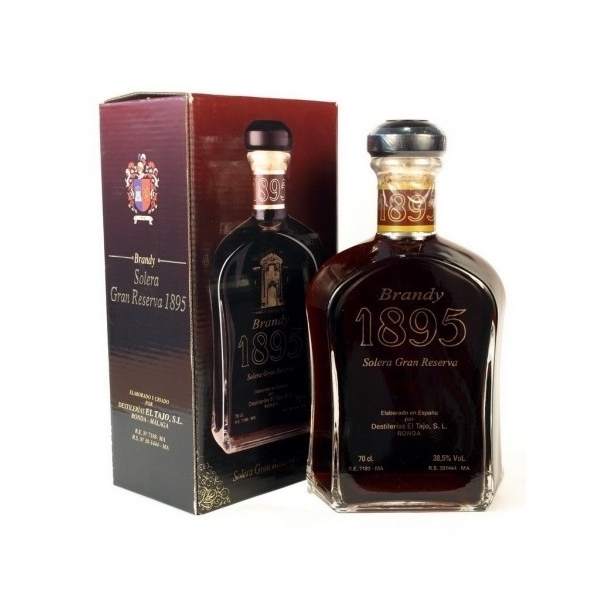
1895 SOLERA GRAN RESERVA
A Solera Gran Reserva such as Osborne’s Conde de Osborne or their Conde de Osborne Cristal will be aged for anything up to 15 years in oak barrels, so the amount of money tied up in stock at any one time is considerable. Most of the great brandies are made in Jerez and El Puerto, and include Pedro Domecq’s Carlos I Solera, Gran Reserva and Marqués de Domecq Reserva Real. From Williams and Humbert, Gran Duque de Alba; from Sanchez Romate, Cardenal Mendoza and from Gonzalez Byass, Lepanto.
All those mentioned are expensive, beautifully presented (Osorne’s Conde de Osborne comes in a painted ceramic flask designed by Salvador Dali), and intended to enhance a good lifestyle. Overall sales are not massive, but the price allows the producers to make substantial profits, and of course the cheaper brand’s volume sales subsidise the premium marques. No-one, as far as I know, has counted the number of brandies made in Spain, but it probably runs into the hundreds, and you’re bound to find one to suit your taste and pocket.
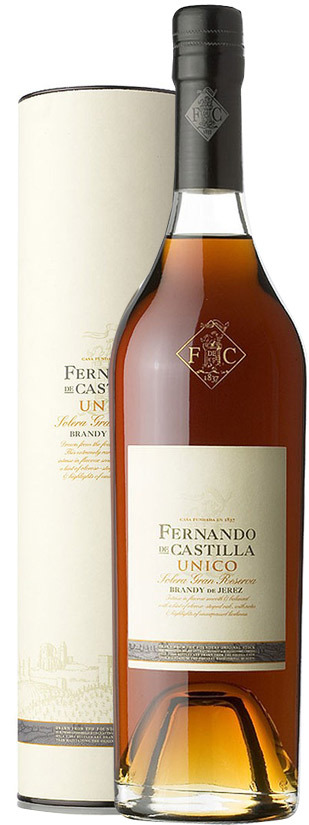
THE MOST EXPENSIVE SPANISH BRANDY? 169.00€
Some of the economy brands make for everyday drinking, while others find their ideal role when poured into a coffee (‘carajillo’). Most people who knew Spain in the ’60s and ’70s will have drunk that foreigners’ favourite, 103 White Label, popular for its light colour and taste. It’s still around and sells respectable amounts.
The US is a large export market for the more expensive brands, and a good part of the total of 80 million bottles shipped overseas in 2002 went there. However 60% of the production stays in Spain, with 40% exported.

